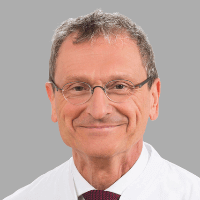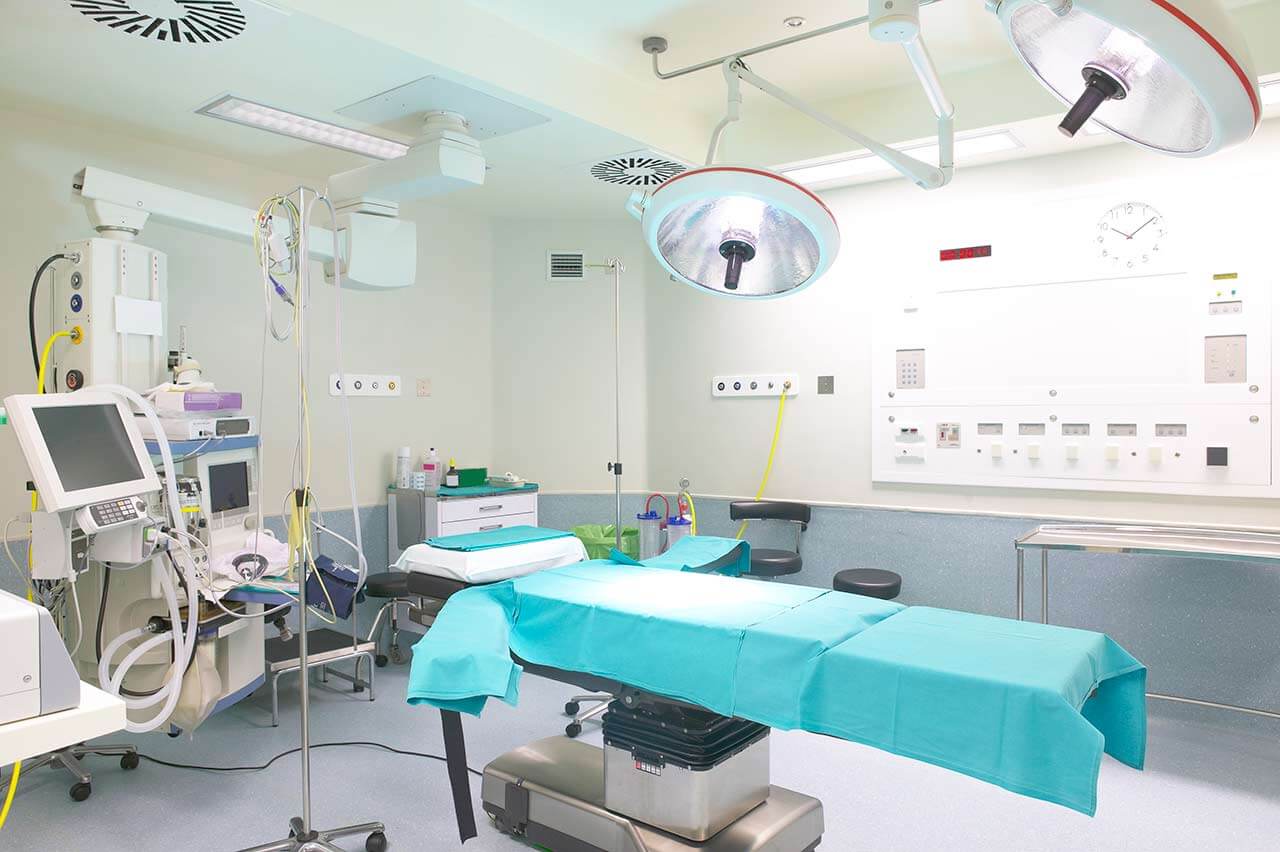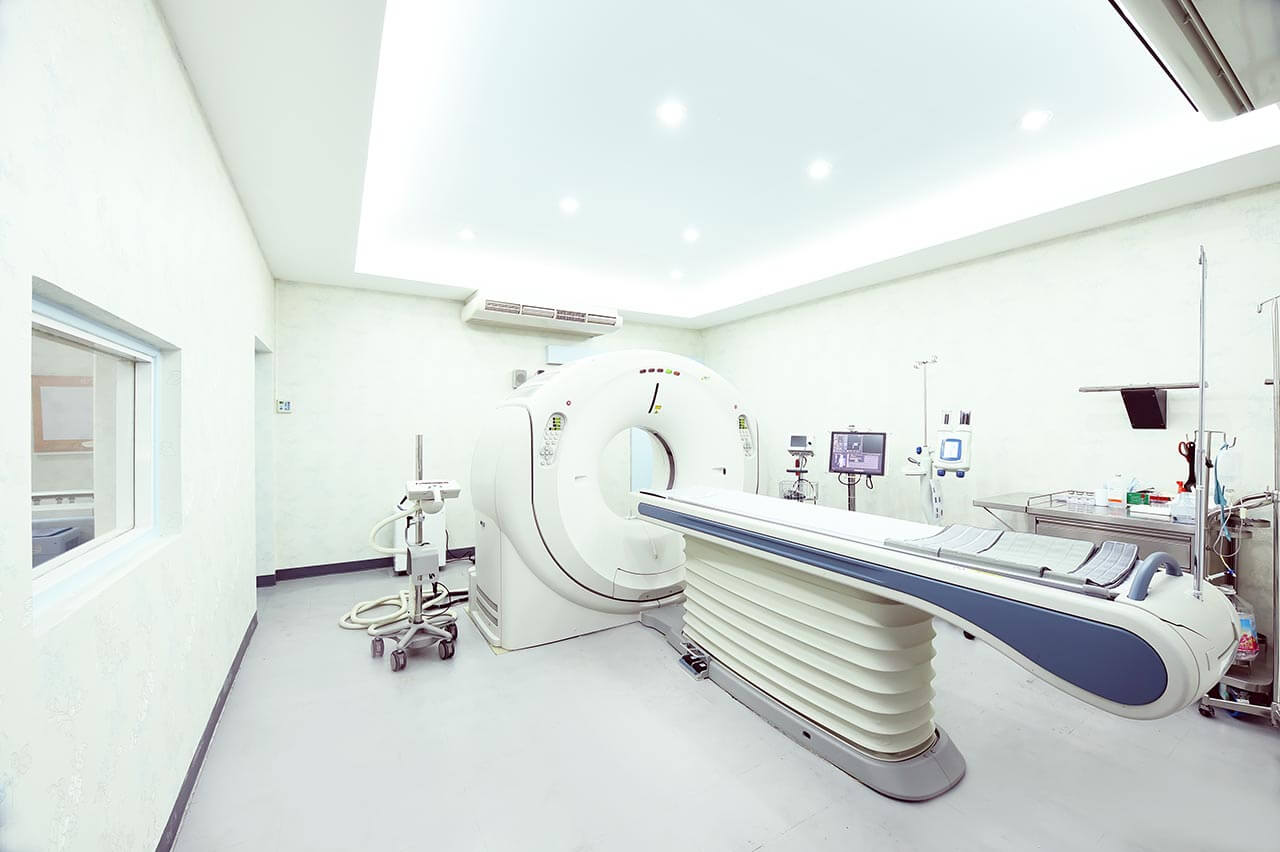
About the Department of Vascular and Endovascular Surgery at St. Antonius Hospital Eschweiler
According to the Focus magazine, the Department of Vascular and Endovascular Surgery at the St. Antonius Hospital Eschweiler ranks among the top German medical facilities in the area of its specialization!
The department offers its patients the full range of high-quality medical services for the diagnostics and treatment of diseases of the arteries, veins and lymphatic vessels. The department specializes in both conservative and surgical treatment. The department has a high-tech hybrid operating room, recognized as one of the best in the region. The operating room is designed for minimally invasive catheter-assisted interventions and classic open vascular surgery. The department's doctors are focused on comprehensive treatment, and therefore the experts in the field of angiology, radiology, nephrology, diabetology and other specialties are often involved in the therapeutic process. The department regularly holds interdisciplinary boards, during which the doctors cooperatively consider especially complex clinical cases and select the most effective treatment. The medical facility is certified in accordance with the standards of the German Society of Vascular Surgery and the German Society for Angiology, which guarantees an impeccable quality of medical care. The department is headed by Prof. Dr. med. Michael Gawenda.
The presence of a progressive hybrid operating room in the department allows the specialists to perform surgical interventions of varying degrees of complexity. Whenever possible, surgeons prefer endovascular interventions, which involve only one or several skin punctures up to 4 mm in size. A surgical intervention is performed under image guidance with the help of a high-tech angiography system with mobile X-ray device, which guarantees the highest precision of each surgical manipulation and maximum safety for the patient. The operating table has a modern 48-inch screen, thanks to which the surgeons can clearly see the operating field in multiple zooming. Nevertheless, in some cases, in order to achieve the best therapeutic result, it is advisable to use a combination of endovascular and open surgical techniques – hybrid surgery. The department's surgeons most often resort to hybrid interventions for stent implantation (for example, for abdominal and thoracic aortic aneurysms), treatment of traumatic aortic injuries and occlusive processes in the arteries.
The department's medical team has rich and successful experience in the treatment of aortic aneurysms. Without timely treatment, the pathology can lead to aortic aneurysm rupture, which is a life-threatening pathological condition. Therefore, it is extremely important to detect the aneurysm at an early stage. The diagnostics of aortic aneurysm is a difficult task, since the pathology is asymptomatic. The disease is often detected accidentally, during the diagnostic examinations for another reason. To make an accurate diagnosis, the doctors use such diagnostic studies as abdominal and chest X-rays, echocardiography, CT angiography and intravascular ultrasound examination. At the early stages of the disease, it is possible to use conservative treatment, which involves blood pressure normalization, cholesterol levels lowering, etc. A surgical intervention is the last-line treatment and is usually indicated with the manifestation of clinical symptoms, rapid growth of the aneurysm, potentially dangerous aneurysms, etc. The surgical treatment consists in the implantation of a vascular prosthesis at the area of the aneurysm. Depending on the particular clinical case, the department's surgeons use both endovascular and open surgical techniques.
The treatment of carotid artery stenosis is also one of the primary focuses of work of the specialists in the medical facility. Stenotic lesions of the carotid artery cause its partial narrowing or complete closure. In most cases, the cause of carotid artery stenosis or occlusion is the deposition of atherosclerotic plaques on the inner walls of the vessel. The plaque growth narrows the artery and slows down blood flow. In addition, blood clots (thrombi) can form on the plaques, which further interfere with normal blood flow. The parts of a thrombus or an atherosclerotic plaque can separate and enter the arteries of the brain with the bloodstream leading to life-threatening ischemic stroke. The department's surgeons successfully perform carotid artery stenting in order to restore its normal patency. The surgical procedure is usually performed under local anesthesia. During the surgery, the doctor places a stent into the narrowed part of the artery. The stent is a metal cellular tube. After stent implantation in the narrowed area of the carotid artery, it opens, pushing apart the narrowed walls of the artery from the inside, and constantly maintains them straightened. This helps restore the internal lumen of the artery and improve blood supply to the brain. The first stage of the operation is angiography. An anesthesiologist then performs local anesthesia, while the surgeon punctures the artery and delivers a stent to the pathological focus with an intravascular catheter. The entire operation takes about an hour. Within 24 hours after stent implantation, the patient should stay in bed. In most cases, the patient is discharged from the hospital the very next day after surgery.
The department's main clinical focuses include:
- Conservative therapy
- Prostaglandin infusion therapy for Raynaud syndrome and occlusive peripheral arterial disease of the lower extremities
- Drug therapy for inflammatory vascular diseases of the rheumatic spectrum (for example, vasculitides)
- Surgical treatment of aortic aneurysms
- Open surgery for aortic stent implantation
- Endovascular surgery for aortic stent implantation (including the implantation of custom-made stents)
- Surgical treatment of carotid artery stenosis
- Open surgery for carotid artery stenting
- Endovascular surgery for carotid artery stenting
- Surgical treatment of circulatory disorders in the lower extremities
- Endovascular surgery (for example, balloon dilatation, stent implantation, atherectomy), including hybrid surgery
- Lower limb bypass grafting
- Surgical treatment of varicose veins and trophic ulcers
- Open surgery
- Endovascular surgery
- Surgical treatment of chronic non-healing wounds (special focus on diabetic foot syndrome treatment)
- Surgical treatment of stenosis and occlusions of the arteries of the kidneys, liver and colon
- Open surgery
- Endovascular surgery
- Surgical procedures for dialysis catheter placement
- Other medical services
Curriculum vitae
Higher Education
- 1982 - 1988 Study of Human Medicine at the Faculty of Medicine, University of Bonn.
Professional Career
- Since April 2017 Chief Physician of the Department of Vascular and Endovascular Surgery at the St. Antonius Hospital Eschweiler.
- Since 1994 Managing Senior Physician and Deputy Head of the Department of Vascular and Endovascular Surgery at the University Hospital Cologne.
- December 1988 - April 1994 Research Assistant, University Hospital Cologne.
Memberships in Professional Societies
- October 2009 and October 2014 Examiner of the Medical Association of North Rhine-Westphalia.
Photo of the doctor: (c) St.-Antonius-Hospital




